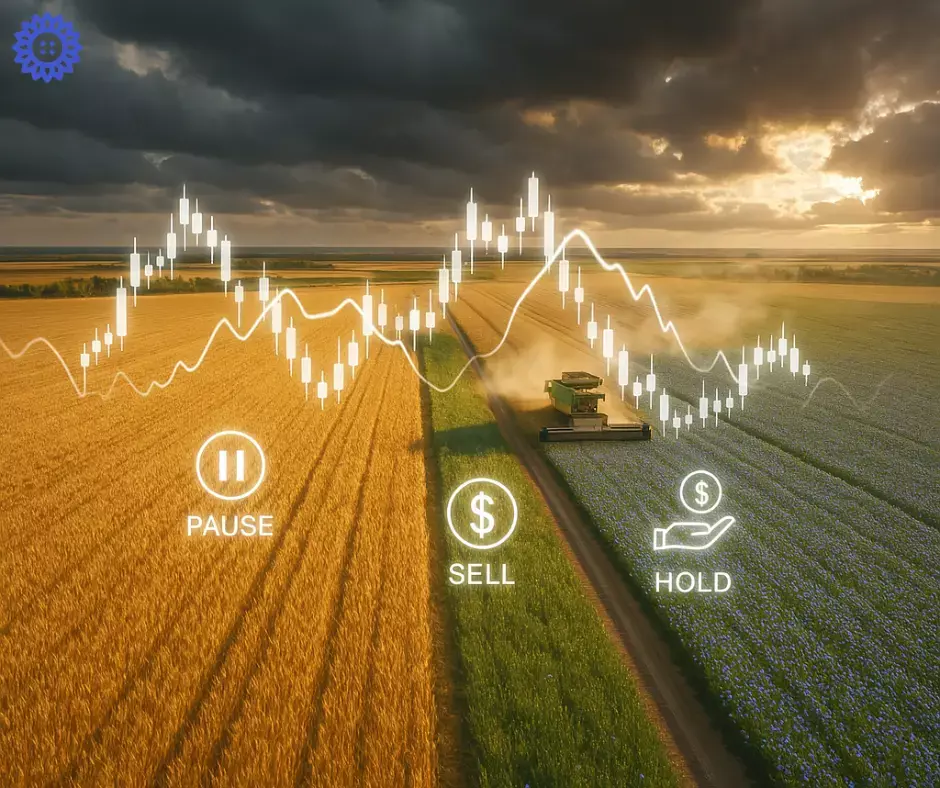08.04.2025, 09:11
Kazakhstan's Agricultural Market: What to Sell and What to Hold?
The grain market shows moderate activity

The Analytical Bureau for "Grain and Oilseed Crops. Kazakhstan" has published a new report on the state of the agricultural commodity market. Experts have analyzed the current situation, identified key changes, and provided recommendations for market participants. What are the trends in the grain and oilseed segments, and how should farmers build their strategy?
Grains: Local Growth and Stability
The grain market shows moderate activity. Certain classes of soft wheat have seen a slight increase, particularly those with high-quality characteristics. At the same time, lower-grade varieties remain stable, with rare exceptions of minor growth. Barley maintains its position without notable fluctuations, while durum wheat with higher protein content continues to attract trader interest, though without sharp changes.
According to market participants, procurement of mid-grade and high-protein wheat is taking place in small batches. This indicates restrained demand, which has not yet driven the market into significant movement.
What should farmers do?
Experts advise holding off on selling high-quality wheat and barley in anticipation of more favorable conditions. For mid- and low-grade wheat, it is recommended to sell as needed, depending on operational or financial necessities. In the case of durum wheat, selling is encouraged, as price growth is not expected in the near future.
Oilseeds: Selective Dynamics
Among oilseed crops, flax stands out with confident growth, making it one of the most active commodities in this segment. On the other hand, rapeseed, sunflower, and safflower remain stable, as do soybean, mustard, peas, and different types of lentils. The new harvest, especially in the northern regions, adds extra nuances to the market, where product quality plays a key role.
Strategy for oilseeds
For flax and sunflower, analysts recommend holding the product, expecting prices to strengthen. As for safflower, it is advised to sell now, as there is little chance of significant growth in the short term. Other crops — rapeseed, soybeans, mustard, and pulses — should be sold based on current needs, whether financial or logistical (e.g., freeing up storage).
Influencing Factors and Forecasts
The current market situation is shaped by several factors: product quality, regional specifics, domestic and international demand, as well as logistics. Analysts emphasize that their forecasts are benchmarks that may change depending on market developments.
What’s the strategy going forward?
Kazakhstan’s grain and oilseed market is in a phase of moderate dynamics with isolated surges in activity. Farmers should consider the quality characteristics of their products and closely monitor market signals to choose the best moment for action. For some crops, it's time to wait, for others — to sell actively, and for the rest — to balance between current needs and long-term benefits.